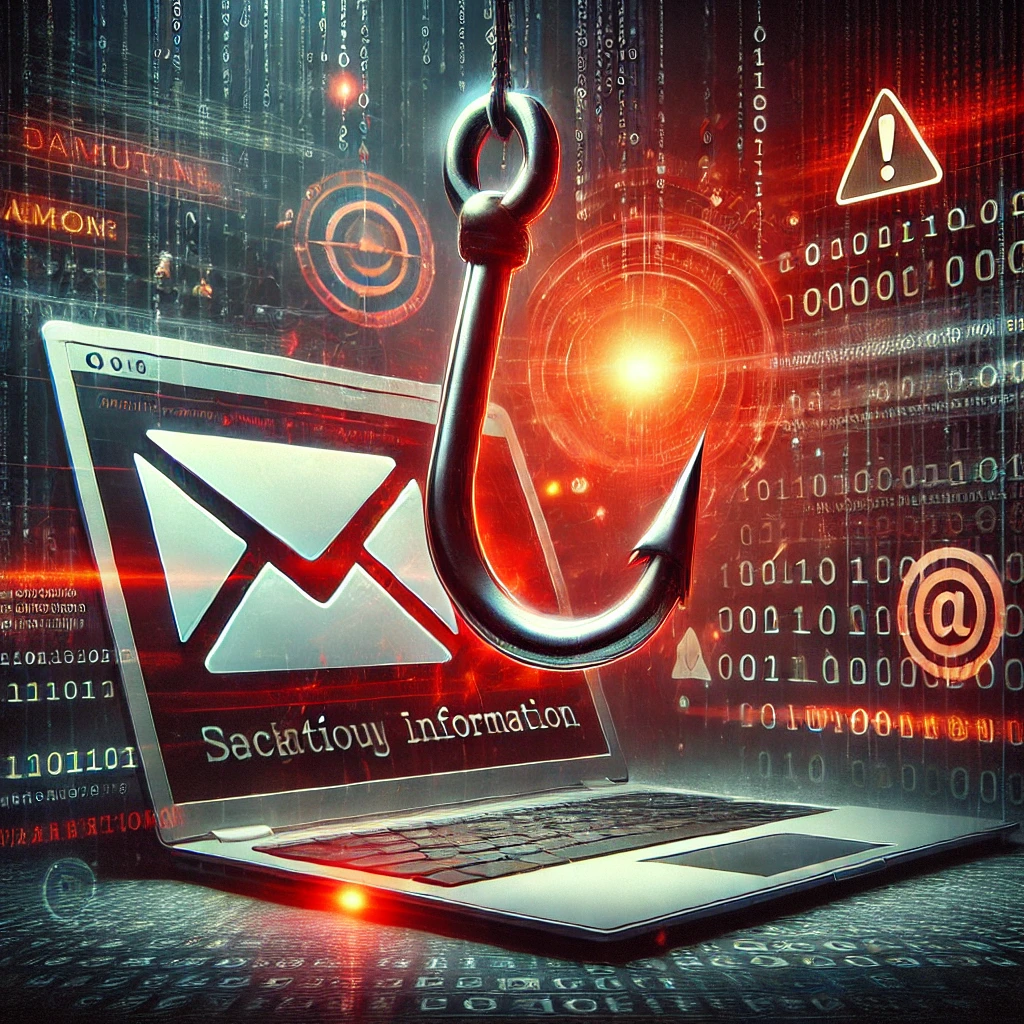What are the most effective AI tools for detecting phishing attacks?

Categories:
3 minute read
In 2024, the landscape of phishing attacks has evolved significantly, with cybercriminals leveraging artificial intelligence (AI) to create more sophisticated and convincing scams. To combat these threats, several advanced AI tools have emerged that enhance detection and prevention capabilities. Here are some of the most effective AI tools for detecting phishing attacks:
1. Graphus
Graphus employs a patented TrustGraph algorithm that analyzes email communications using over 50 points of comparison, including sender behavior and established communication patterns. This AI-driven solution is reported to be up to 40% more effective than conventional security systems in stopping phishing attempts. Key features include:
Automated Quarantine: Malicious messages are automatically quarantined based on their analysis.
EmployeeShield Alerts: Provides alerts for suspicious emails from unexpected sources, allowing users to classify messages easily.
Continuous Learning: The system improves over time as it learns from detected phishing attempts and user interactions[1].
2. Lepide Data Security Platform
Lepide utilizes machine learning techniques to establish a baseline of normal user behavior. It can identify anomalies such as unusual email volume or sending patterns, which helps detect potential phishing attempts. Features include:
Real-Time Alerts: Sends notifications to relevant personnel when suspicious activities are detected.
Sensitive Data Discovery: Monitors and classifies sensitive data to prevent exfiltration through phishing attacks[2].
3. Perception Point
This solution combines advanced AI-powered threat prevention with managed incident response services. It uses large language models (LLMs) to identify signs of generative AI in phishing messages, making it effective against highly personalized attacks. Key capabilities include:
Multi-Layered Architecture: Intercepts various types of threats, including social engineering and file-based attacks.
Dynamic Scanning: Provides real-time analysis and detection across different platforms[3].
4. VISUA’s Visual-AI
VISUA employs computer vision technology to analyze emails and web pages at machine speed, flagging high-risk elements based on visual signals rather than just code analysis. This approach allows for:
Human-Like Analysis: Detects visual cues that may indicate phishing attempts, such as logos and brand impersonation.
Integration with Existing Systems: Works alongside traditional detection methods to enhance overall effectiveness[4].
5. Cofense Managed Phishing Defense
Cofense focuses on automating detection and response to phishing threats using AI and machine learning. It includes access to a dedicated team that analyzes new threats continuously. Features include:
Phishing Threat Analysis: Provides insights into emerging threats based on real-time data.
User Reporting Tool: Streamlines the process for employees to report suspicious emails[5].
6. IRONSCALES
IRONSCALES combines AI with human expertise to detect various phishing threats in real-time. Its features include:
Credential Theft Detection: Identifies fake login pages where victims might reveal sensitive information.
User Education Tools: Offers training resources alongside detection capabilities to improve employee awareness[5].
7. DTonomy AIR for Phishing
DTonomy provides an easy-to-use tool for analyzing suspicious emails directly within platforms like Office 365 or Gmail. Key functionalities include:
Automated Email Scanning: Quickly scans emails for potential threats.
Detailed Analysis Tools: Offers insights into WHOIS domain information, email routing paths, and other critical data points related to suspicious URLs[6].
Conclusion
As phishing attacks become more sophisticated in 2024, leveraging advanced AI tools is essential for organizations aiming to enhance their cybersecurity posture. Solutions like Graphus, Lepide, Perception Point, VISUA’s Visual-AI, Cofense, IRONSCALES, and DTonomy provide robust capabilities for detecting and mitigating these threats effectively. By integrating these tools into their security frameworks, businesses can better protect themselves against the evolving landscape of phishing attacks.
Citations: [1] https://www.graphus.ai/ai-phishing-detection/ [2] https://www.lepide.com/blog/10-ways-to-prevent-phishing-attacks/ [3] https://perception-point.io/guides/ai-security/detecting-and-preventing-ai-based-phishing-attacks-2024-guide/ [4] https://visua.com/use-case/anti-phishing-detection-with-visual-ai [5] https://www.memcyco.com/home/anti-phishing-tools-for-2023/ [6] https://www.dtonomy.com/ai-based-email-phishing-tool-for-security-analysts/ [7] https://www.idagent.com/blog/key-indicators-of-phishing/ [8] https://www.techtarget.com/searchsecurity/tip/Generative-AI-is-making-phishing-attacks-more-dangerous
Feedback
Was this page helpful?
Glad to hear it! Please tell us how we can improve.
Sorry to hear that. Please tell us how we can improve.